Miguel Sabogal: Experimental Expressions With The Holga
1 10 Share TweetMiguel Sabogal initially worked as a scientist and a social worker, but his creativity led him to other experimental fields involving music and visual arts. He has published three photo books he has shot with the humble Holga camera. Let's get to know more about him in this interview.
How did you get started in photography?
I should preface this by saying that I studied Neuroscience in college and started working a scientist after I graduated over a decade ago. Leading up to my entering the workforce I had been playing the guitar in bands, listening to every piece of recorded music I could find on the internet, and watching everything in the Criterion collection. This sounds pretty lofty but it was a ton of fun, hugely inspirational, and my ex-roommate and I would often fall asleep drunk after trying to make it to the end of whatever filmmaker’s film week we declared. I think I made it through every single Federico Fellini film. I enrolled in a one-year post-baccalaureate program at an art school in Maryland out of sheer necessity to sort out these creative impulses and to see if it was just a passing phase or if I wanted to take my interests more seriously. I will briefly mention here that I caution anyone who cannot afford tuition to forego art school if at all possible. That debt is real and it stunts an artist to have to pay back the money they can’t, in reality, earn back in the job market afterward.
Most of my early work as a photographer was actually doing cinematography for my own 16mm films. I only took one 35mm black and white darkroom course in college which I was ambivalent about. The viewfinder on a 35mm film camera has always felt cramped to me. When making my films I used to get a huge discount on the Kodak educator’s website for Ektar 16mm film stock which they sadly no longer make. I used that stock almost exclusively and got used to the dreamlike quality and vivid colors possible with film. This choice to shoot film guided my intentions with photography for a long time afterward.
What lured you into taking photos with a Holga?
After countless financial obstacles to getting further films finished or even shot I defaulted to shooting still photography because I didn’t want to stop creating images. However, I knew I didn’t find 35 mm film cameras interesting. This led to me getting a Holga because I had seen an image at school someone had shot using one. I also bought it because it was cheap and looked unassuming. My first images were for my old improvised electronic music duo Polygons. I had decided that we needed headshots and a record cover. Those images are floating around somewhere on my hard drive and it looks like two dudes in a room full of vintage synths living some sort of life. I had no idea how to scan negatives or what I was supposed to use to edit the scans so that was a process of a few weeks in understanding where to find a lab to develop medium format film and how to use a film scanner. This was in Baltimore so there was really only one lab to go to. I felt the album cover image was evocative which convinced me to continue to shoot film photography.
Over time I graduated to a TLR style film camera and then moved onto a Mamiya RZ67. When I started shooting with the high resolution of the RZ67 I realized that I was actually very skilled and should pursue photography more seriously. Throughout all of this time, I had been shooting Holga images and honestly, those are still my favorite ones. I try to incorporate those when I work with bands and other portraiture clients. They seem to also like those images the most. My most recent Holga images were for the album cover of my own ambient/shoegaze band GAILA. The image idea came from wondering what Leonard Cohen's interpretation of a Mark Rothko painting would look like if he had been asked to repaint a canvas. As far as my future in photography goes this year is starting to look busier and I hope to build new relationships with creative directors, agencies, and clients in music. It is a goal for me to one day work with Warp Records on a project.
What inspired you to pursue photography?
I kept on with photography because I felt that my voice was not distinct enough as a painter, filmmaker, or even a poet. I feel that I am into photography for similar reasons as those which seem to drive Wolfgang Tillmans' pursuit of it. I can’t imagine what else I would do with my days if I did not shoot images and I also enjoy that ordinary subjects can be portrayed as significant by simply framing them. The camera has a democracy to it which appeals to me. I’m also a naturally creative person and one of those folks who if I don’t create I become visibly difficult because I begin to feel as if I am wasting the little time I have in life. Photography allows me to be an active participant in my own life.
Photography has also stayed interesting to me because I think often about non-photographic art forms. I do sometimes find interesting images on Instagram but I find that going to museums and buying art books is often more satisfying. I have also kept at photography by simply shooting what is interesting to myself even if it's weird or left field or it seems that no one else would be interested in it. I don't photograph babies. I don't photograph weddings. I rarely do street shots. I don't photograph impossibly happy dogs. Though I would probably photograph a Welsh Corgi smoking a pipe.
I think that looking at the work that I have done on a regular basis has also been its own reason to stay engaged with photography. I may not constantly be shooting but I can stay involved by editing or simply looking at past work that didn’t make the cut. When I started to look more at the body of work I was doing specifically with the Holga I tried to critically ask whether the machine was creating the intention or whether I was creating the intention. I realized that the images which worked were images showing concepts I was interested in or subjects and specific lighting conditions that I was obsessively interested in. They felt like I had made them more so than other images. The bad images or the ones that weren’t at all interesting are like looking at someone else’s work or the work of an imposter. My best images feel like something, even if that feeling is not immediately nameable, or they have to feel like music.
How would you describe your visual style?
I’m a huge fan of painting. Most of my images are inspired by painting as opposed to other photographers. For me, the camera is like a paintbrush. It essentially has no history. It is like a piece of wood and a tuft of fiber. It is what you do with it. It can be broad strokes or it can be fine and detailed work. It can be used to make something messy or it can be used to organize. My early work is very well composed and often on a tripod. My most recent work, especially in my book TIME, is about the experience of the camera moving through space in a less composed way. My friends and past teachers have noted my overall work as being atmospheric and interested in the details within shadows. I think that accurately describes what I aim for and it also accurately reflects the sort of painting I look at and the music that I listen to. I think a lot about relationships of scale between subjects in an image. For someone to be shown as very small in a very large space is more interesting to me than moving in on the subject in the same space with a telephoto lens and getting 5% of the space and 95% of the subject. It is worth mentioning that though I use a Holga a lot I utilize my film stocks very specifically in order to avoid falling into a reliably and deliberately lo-fi hole. I don’t want every image to scream “This was shot with a Holga”. For me, the camera is a means often to a very specific end. The Holga is very capable of reproducing and exaggerating what is native to a specific film stock. If you are really clever with the camera itself it is basically modular and it gives the immediate feeling of being able to write images onto the negative. I can’t say the same about larger more professional film cameras that I’ve used. It’s sort of like how Sonic Youth would use their guitars versus how Van Halen would use a guitar. You gotta get in there sometimes and try to maximally interact with the tool.
What are the challenges of putting together a photography book?
The primary challenge for me of putting a photo book together was convincing myself that anyone would ever see it. I was pushed towards releasing not one but a few books once I finished up a stint as a social worker to the homeless and said to myself that if I have anything at all creatively important to me in my life that I have to put it out there because there are too many people in this life who do not have the resources or position to do that. I would urge that if anyone reading this is experiencing a creative roadblock that they consider the sheer number of unheard creative voices that have gone unheard. You owe it to yourself to put the work out there if you possibly can. Time is an unseemly but real proposition. You are getting older. You will not life forever but at least your work can.
Once I realized I wanted to do a book I had to consider the narrative of the book which was trickier. No one wants to look at a randomly sequenced series of images. There have to be relationships between sequential pages if not of subject matter then at least of the forms and compositions proposed. Finding these relationships can take a long time. For my last book EXCERPTS, I decided to just go by chronological order because I could see the progress in how I was shooting. Some of the first sequences are quite mystical and joyful and they represent a happier more innocent time. Yet halfway through the book, the images become more somber and uncertain. Those sequences represent people and feelings that I later worked for and within the shelter some of whom have since passed. My own experience became the narrative of the book. It’s the most autobiographical work I have put out.
The actual labor of putting the book together was really just making the decision to commit computer time to getting negative scans into shape and spending a few dollars and cents to print a first physical copy. I’ve been using Blurb because it is print to order and the image quality of the paper is great. It was very important for me to accurately represent all the colors and tones that I had been seeing in my negatives onto the printed page. I had been advised to do a cheaper zine but I wasn’t interested in doing that because a lot of my work relies on the accuracy of a good color print. I also don’t advise printing lots of copies that don’t have buyers thus sitting on a stack of costly and unsold merchandise. I’d rather print a book because someone asks for it as opposed to me shoving it in someone’s grille or printing it en masse on speculation that I’ll make my money back some day. The Stephen Shore retrospective at the MOMA sort of hit the nail on the head. It included all of these single print to order books that were hanging from the gallery ceiling. We live in a time where it is actually cost accessible to print one copy of a book if that’s what you want to do. I have a book, my mom has a book, and my close friends have books. That said, if anyone reading this wants a book feel free to contact me about it.
What advice would you give to someone who wishes to make a book like you did?
It was helpful for me to ask myself the question of who the intended audience was. Each book has a different audience. In one case I wanted to compile my work in shooting medium format construction photography. So I made a book where I imagined the audience would be historical societies. In a different case I was shooting a lot of work which was unified by a concept so I organized those images in their own book titled TIME. When I realized that I wanted something more comprehensive that creative directors at record labels and bands could look at I created EXCERPTS. I felt that identifying a unique purpose for each book made them come into being.
To see more of Miguel Sabogal's work, check out his website and follow him on Instagram: @eyeofmiguelsabogal.
2019-07-27 #holga #miguel-sabogal











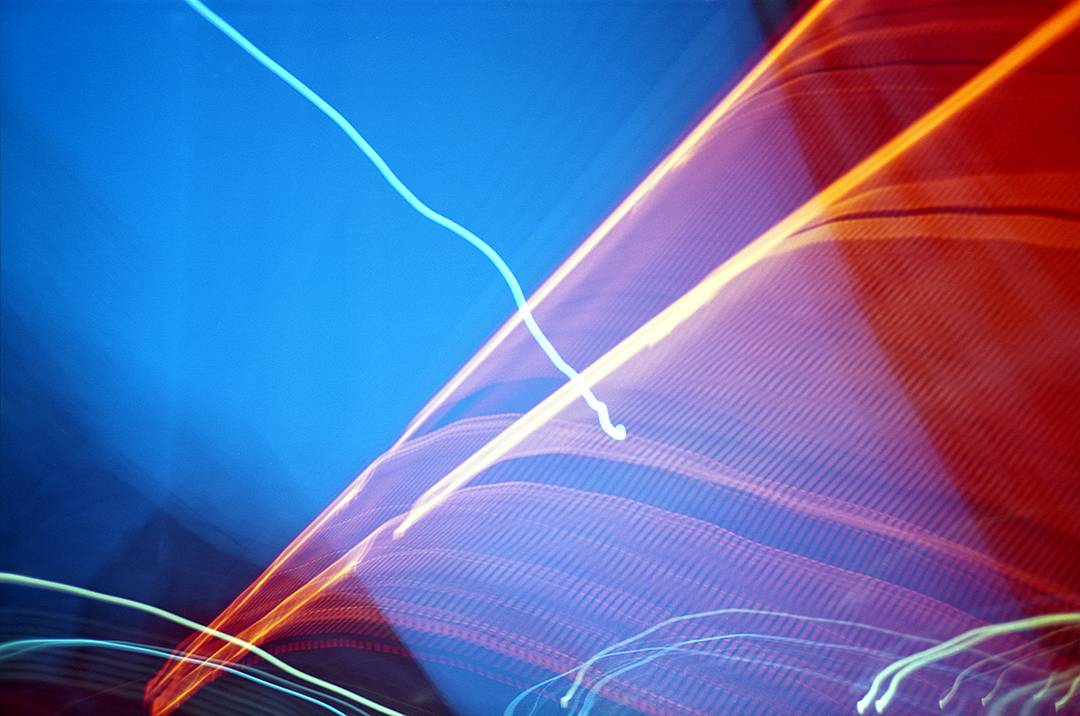





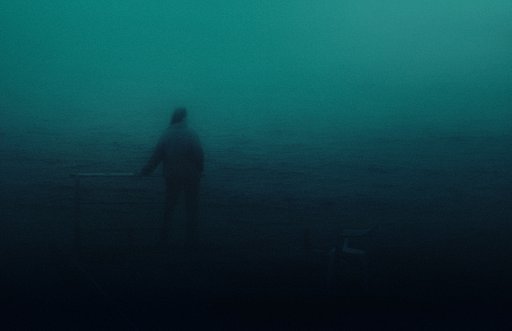





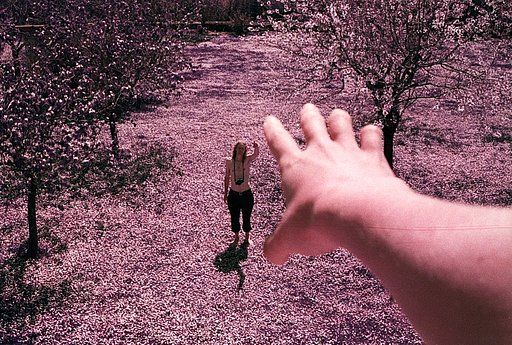

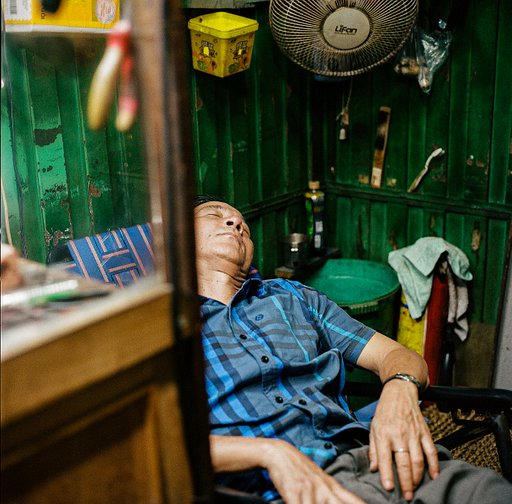


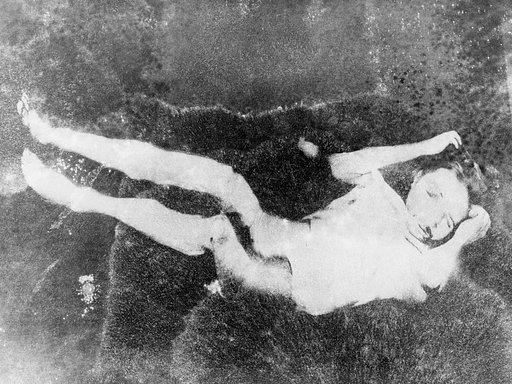


One Comment